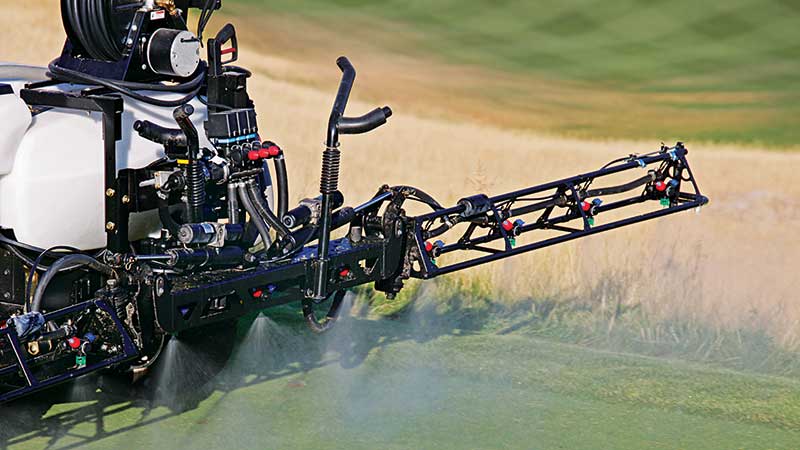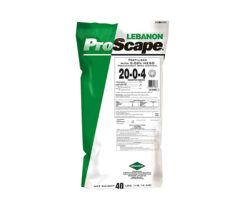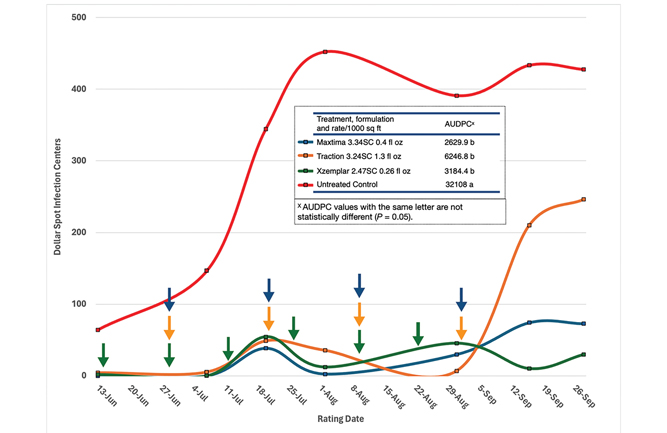Retailers share why fertilizer prices are on the rise
It’s no secret that the cost of fertilizer and other products, such as weed control and fungicide products, is increasing.

(Photo: ImagineGolf / E+ / Getty Images)
“The price increases we’re seeing in finished good products is all driven on raw material costs,” says Jeremy Bigler, landscape channel manager of LebanonTurf. “All of the three key raw materials that you typically see in fertilizers, urea, ammonium sulfate and potash have all increased significantly over the last year.”
Bigler notes that urea is up 70 percent compared to last year, ammonium phosphate is up more than 80 percent and potash is up more than 50 percent. He notes that the industry is also seeing shortages of specialty materials in smaller granular sizes, commonly used in golf and sports turf.
“There are shortages, such that you can’t even buy them until the end of this year,” he says. “There’s been a lot of demand because of the pandemic and in the professional market and in the retail side of things. The other big piece of it is looking at indexes for crops like corn, wheat and soybeans. On all of those crops, the prices have gone up significantly over the last year. When those crops go up in price, it makes more sense for a farmer to apply more fertilizer to get a higher yield, so they’re going to be more likely to use fertilizer, which is going to drive prices up because there’s a high demand.”
Shipping and securing raw materials is also taking a lot longer, Bigler says.
To help offset some of the cost, superintendents can try to take advantage of early order programs by forecasting what their needs will be next year, ensuring spray equipment is calibrated properly and making sure crew members are properly trained so they’re not wasting products when mixing or applying, according to Mike Caprio, regional business consultant for the Southeast Territory of Lawn Doctor.
“We’re really going to have to wait and see about how much it goes up before it levels out, but my recommendation is to forecast accordingly, order your materials, and from a business model, take a look at your profit and loss statement and see where you can pick up some efficiencies somewhere else,” Caprio says.
Bigler says courses can also aim to put down less product.
“Instead of putting down a pound of nitrogen, look at putting down three-quarters of a pound of nitrogen or maybe even as low as half a pound of nitrogen per application. That’ll be a way to cut back on the material costs,” he says. “It’s difficult to say if prices will go down soon. Historically this time of year, we see prices start to drop off, but I haven’t seen any indication of that yet, and this year is not shaping up as we expected in a lot of ways. It’s difficult to judge with the pandemic, and then if we continue to see supply chain disruptions, that could also have an impact on this.”












